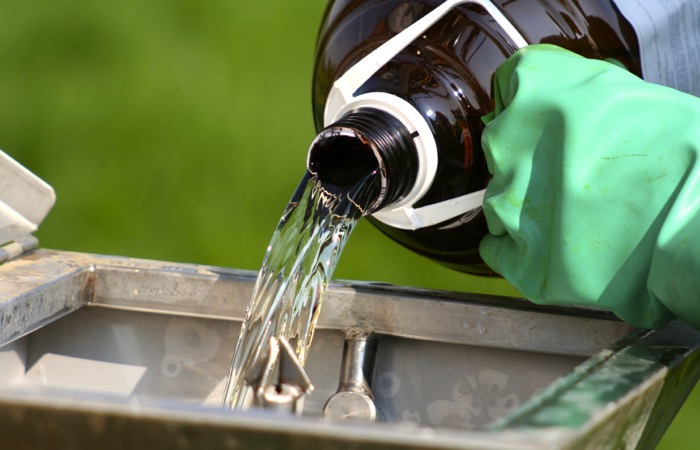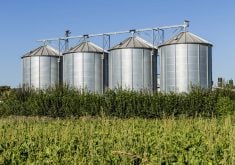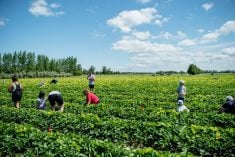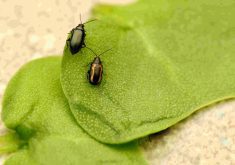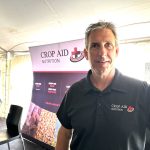The Canola Council of Canada isn’t suggesting producers make any changes following a move by the International Agency for Research on Cancer (IARC) to label glyphosate as “probably carcinogenic.”
Glyphosate, the primary active ingredient in Roundup, along with malathion and diazinon received the designation due to “limited evidence of carcinogenicity in humans and sufficient evidence of carcinogenicity in experimental animals,” following the agency’s evaluation of existing scientific data.
Curtis Rempel, vice-president of crop production and innovation for the canola council, downplayed the legitimacy of the French cancer agency following the announcement, questioning its links to the World Health Organization (WHO).
Read Also
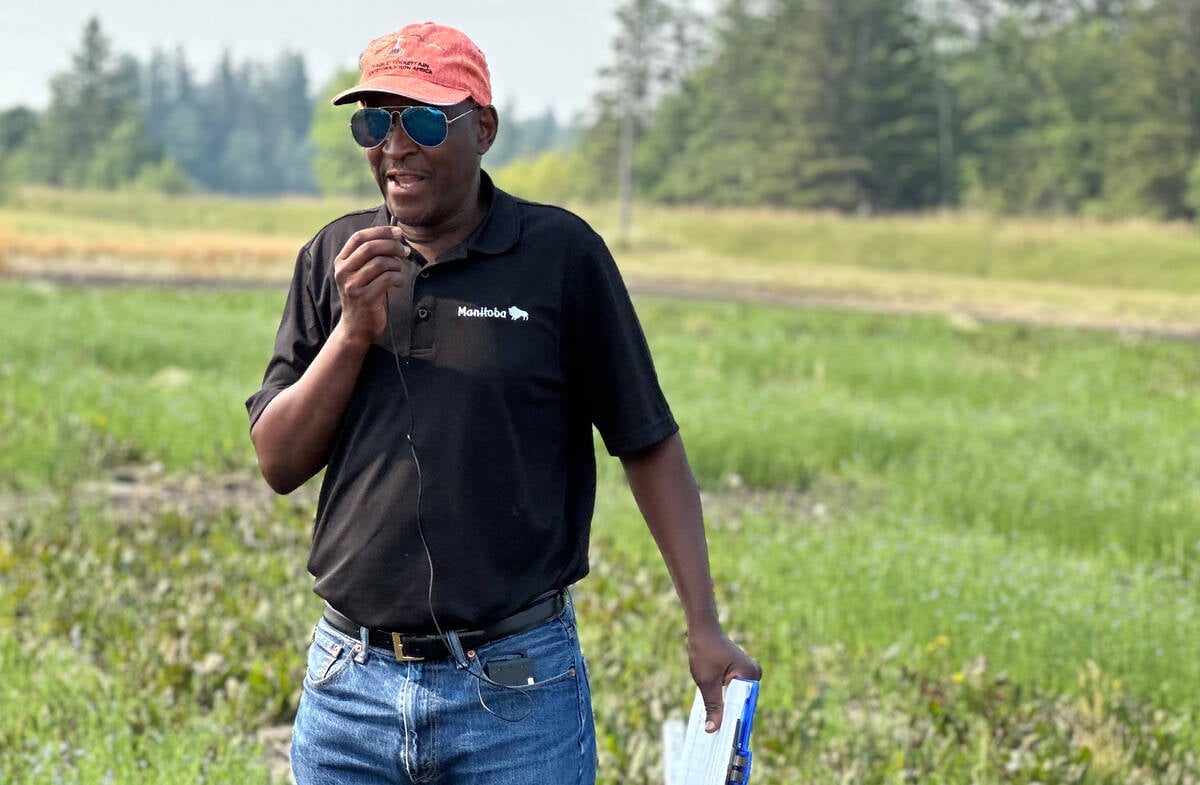
How much nitrogen can farmers really cut?
Manitoba fertilizer trials look for nitrification inhibitor sweet spot, to lower greenhouse gas emissions and cost without hurting yield.
“The WHO uses (IARC) occasionally, but not always. It’s not the WHO coming out saying that glyphosate is potentially carcinogenic, just to clarify that,” he said.
The agency, which published its findings in The Lancet Oncology last month, is described as the “specialized cancer agency of the World Health Organization” on its website.
Rempel said that so far, the council has not heard from producers concerned about the change to glyphosate’s designation and questioned the veracity of the findings, which came from a year-long review culminating in a week-long working group composed of 17 cancer experts from 11 countries.
“It seems like the IARC study, at first blush for me, it’s stepping right outside of the boundary of sound science, and for me that’s a concern,” he said. “All of the regulatory reviews to date have not identified glyphosate as being carcinogenic, at all, in terms of any sort of real-world applications… so for now nothing changes in terms of advice to growers.”
Glyphosate is the most widely used herbicide in agriculture worldwide and is essential to the production of Roundup Ready varieties of corn, soybeans and canola. Glyphosate is also used for chemical fallow, pre-planting burn-down, as well as in landscaping and lawn maintenance. The chemical is also used as a desiccant in some crops.
Rempel couldn’t hazard a guess on what a loss of access to glyphosate would mean for the canola industry, which contributes nearly $20 billion to the Canadian economy, according Agriculture Canada, noting the situation is a hypothetical one.
“I couldn’t even begin to speculate on that,” said Rempel, adding that new technologies will continue to emerge as old technologies fall from use, for one reason or another.
“But clearly in the current scheme… we’ve seen some real steep changes in canola agronomic gains with the introduction of herbicide-tolerant canola, like Roundup Ready, and so if those technologies wouldn’t have happened… would we see the yield and profitability gains that we’ve currently seen in canola and other crops?” he asked. “I think the yield curve would have lagged.”
He also believes IARC’s findings won’t hurt canola’s healthy image. Promoted largely on the benefits of its omega-3s for heart health, Rempel said that marketing will remain the council’s focus.
“We’re gonna stand behind that and keep focusing on that,” he said, calling the IARC report “opinion style.”
According to IARC Monographs Volume 112: evaluation of five organophosphate insecticides and herbicides, the experts in the working group examined “reports that have been published or accepted for publication in the openly available scientific literature” as well as “data from governmental reports that are publicly available.”
In any event, Rempel said he does not find the IARC case a compelling one.
“Glyphosate-based herbicides, they have passed some of the rigorous scrutiny from regulatory and public health authorities globally,” he said. “I’m standing by the safety of the product and we’re standing by our agronomic recommendations.”

